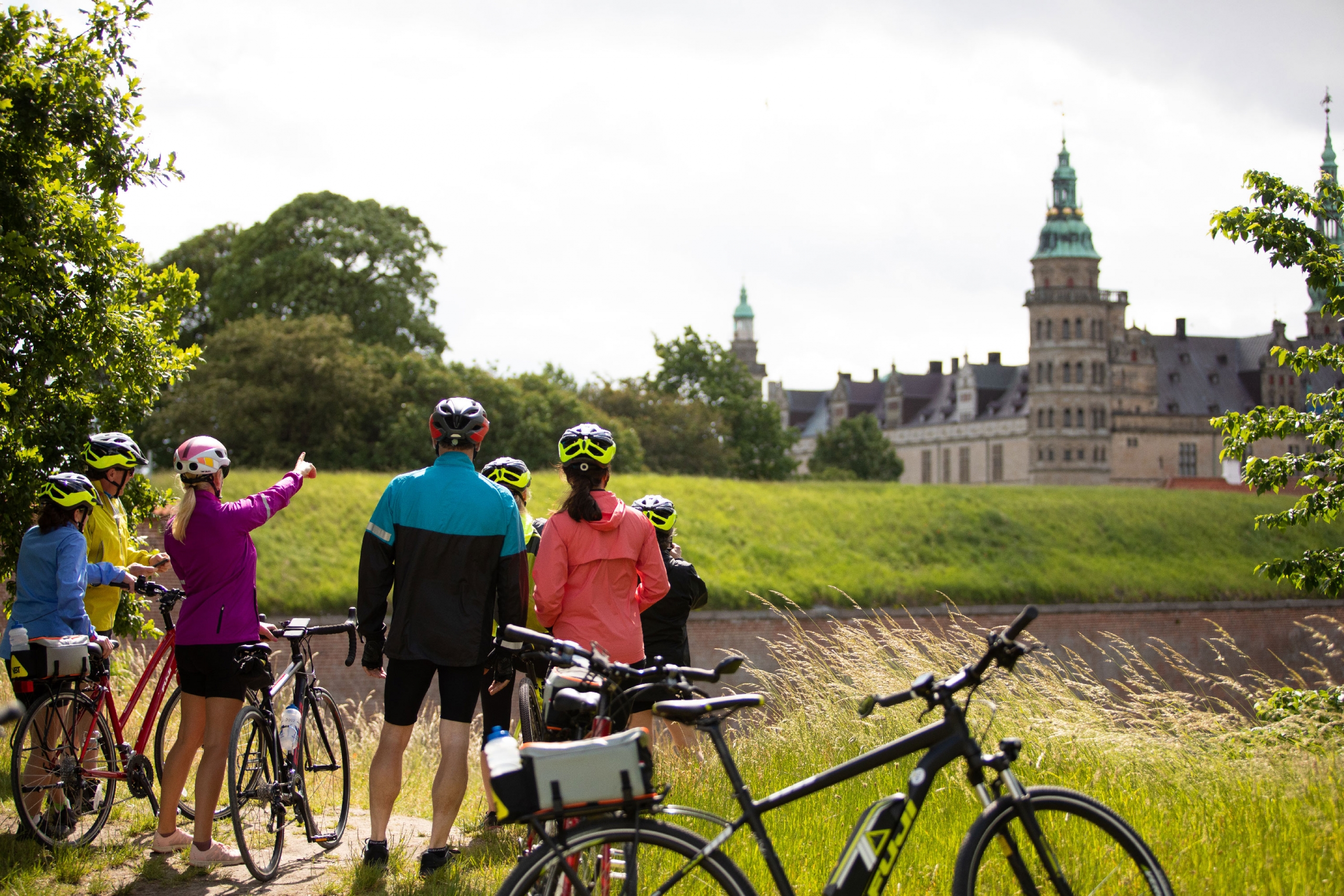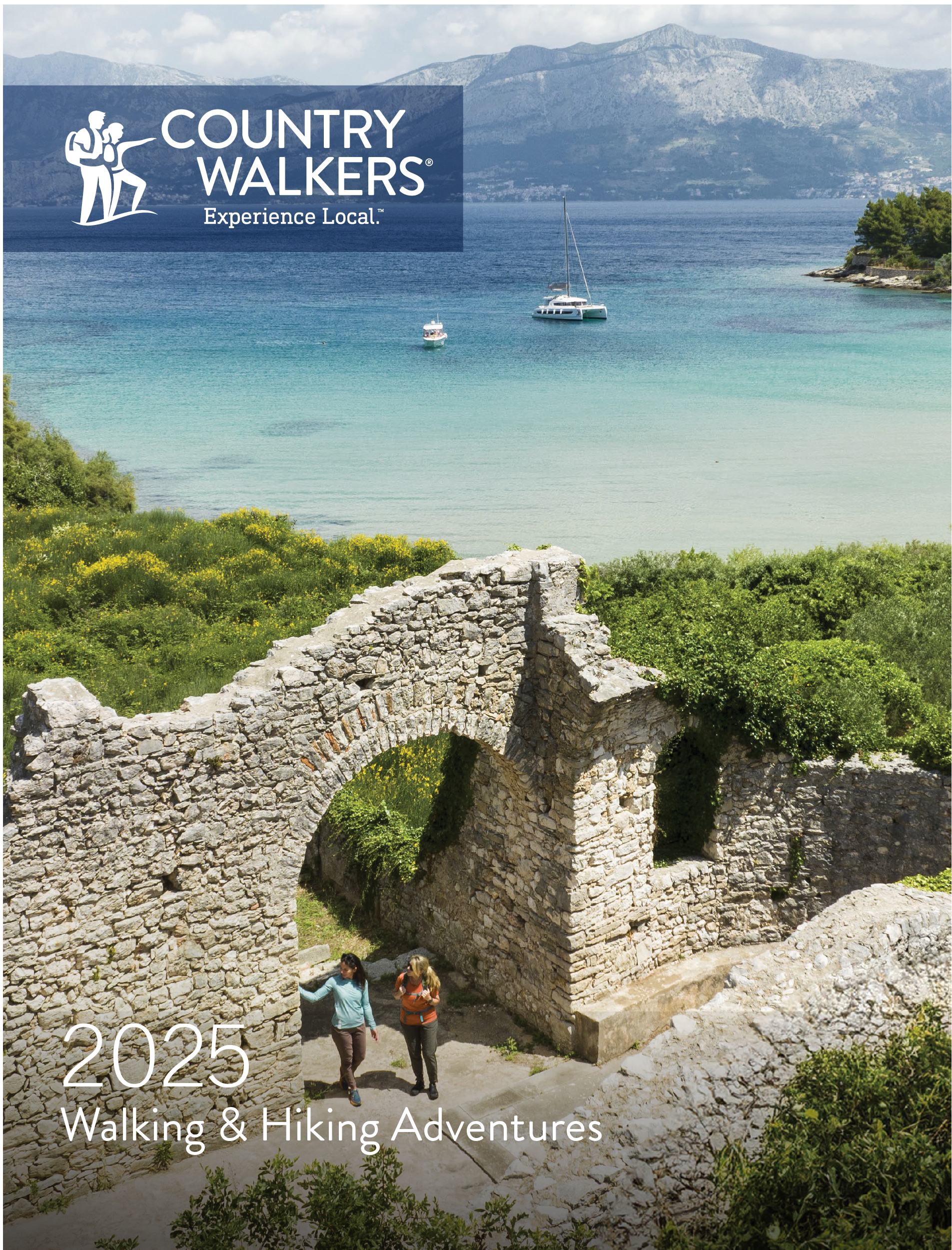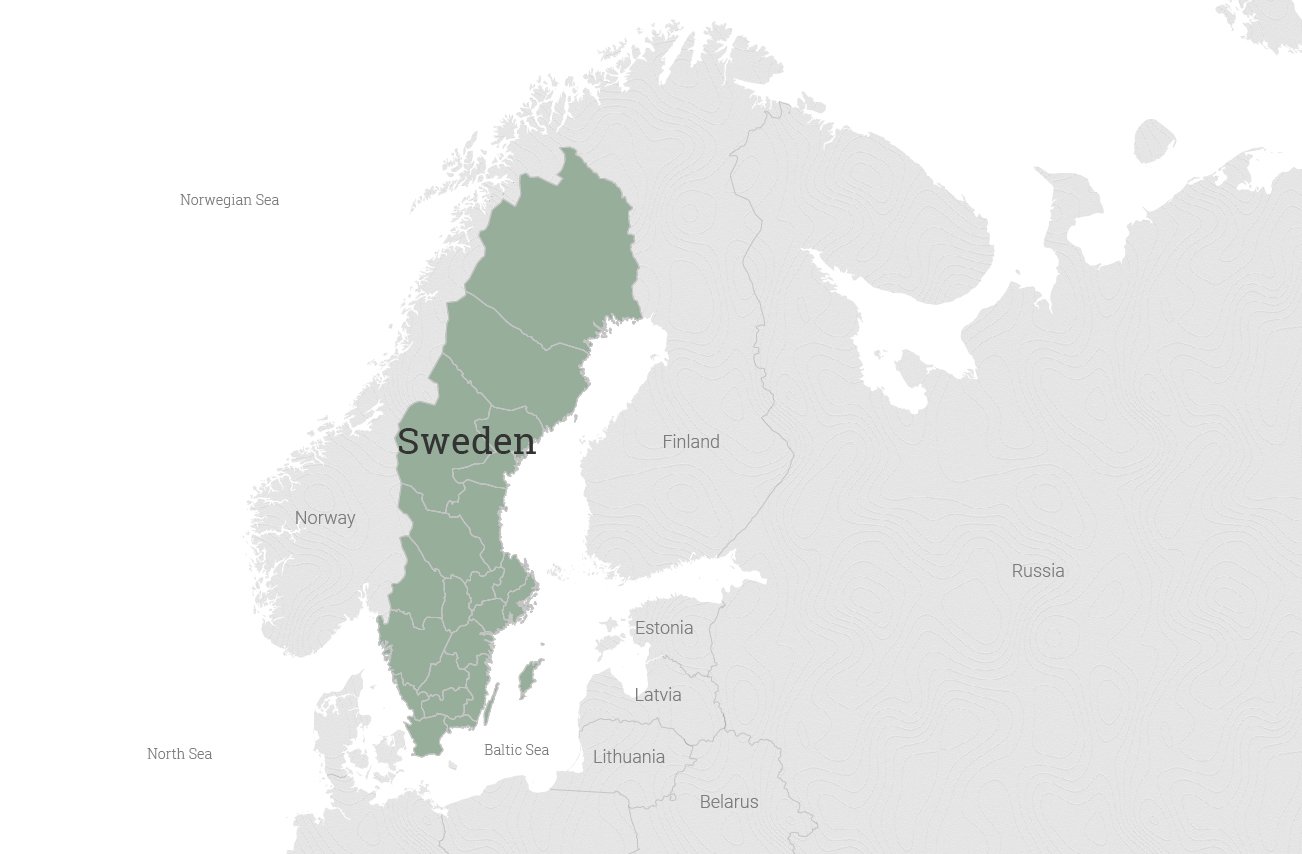
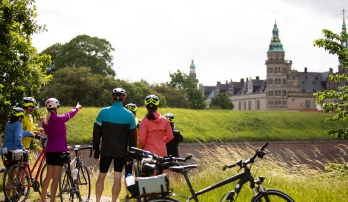
Scandinavia: Denmark & Sweden
Guided Biking
The Swedish Riviera has long been the summer haven of Scandinavia’s social elite. Discover the region’s heritage in regal settings—including a visit to Denmark’s Helsingør castle, a stay in an ancient manor that’s been a frequent retreat of Swedish royalty, and an evening of traditional folklore.



Scandinavia: Denmark & Sweden
Guided Biking
The Swedish Riviera has long been the summer haven of Scandinavia’s social elite. Discover the region’s heritage in regal settings—including a visit to Denmark’s Helsingør castle, a stay in an ancient manor that’s been a frequent retreat of Swedish royalty, and an evening of traditional folklore.
Discover Sweden
Sweden is the second-least densely populated country in the European Union, and one of the safest. Miles of open roads await on a Sweden bike tour with VBT, taking you past rugged shorelines, picturesque farms, sparkling lakes and serene forests.
From its historic core to the sleek, modern neighborhoods boasting Sweden’s legendary innovative design, Stockholm is a wealth of cultural attractions. Explore a royal palace, wander through winding cobbled streets, or admire the minimalist design of a coffee shop in a converted warehouse. Stockholm offers the best of both the modern and the historic.
Venture outside of Sweden’s dynamic cities to discover a stunningly beautiful countryside dotted with charming fishing villages, ancient castles, sparkling lakes, and solitary beaches that stretch on for miles. Catch a glimpse of the northern lights, sail through the narrow straits of Sweden’s archipelagos, or explore the rugged wilderness of the Scandinavian Mountains.
A Sweden bike tour with VBT is the best way to experience all this Scandinavian wonder has to offer, from its natural grandeur to the Swedish style that permeates its beautifully designed cities.
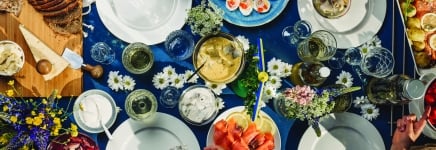

Country Highlights
- Savor Swedish cuisine, including the famed smörgåsbord with local hosts.
- Cycle serene bicycle paths into Stockholm’s beloved parks of Haga and Djurgården.
- Ride along Sweden’s historic Göta Canal and view its locks.
- Explore Stockholm’s inner archipelago, old town, and manicured royal parks.
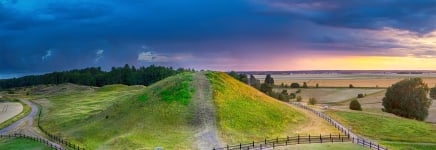

Ancient History
Sweden’s history can be traced back to the Stone Age, with dwellings and graves from this far back still being unearthed today. From Vikings to ancient kings, there are countless reminders of Sweden’s fascinating history in the form of burial mounds, ruins, and museums documenting archeological finds. History buffs will delight in tracing history so far back.


Midnight Sun
What would you do with 24 hours of straight sunlight? Visit Sweden in the summertime to find out! To experience the true Midnight Sun, you’ll have to venture to the Arctic Circle in Swedish Lapland, but you can take advantage of unusually long sunlight hours throughout the country in summertime.
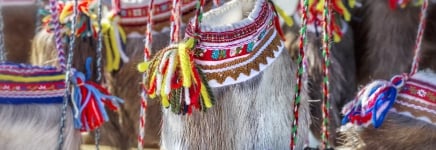

Sámi
The Sámi people have lived in Arctic Europe since prehistoric times. Today, they maintain their rich culture and traditions. Visit a Sami village to see their traditional handicrafts, hear their unique language spoken, and maybe even visit a reindeer farm and learn about the longstanding Sámi relationship to these native creatures.
Expert Local Leaders
Experience your destination like an insider with people who call it home.
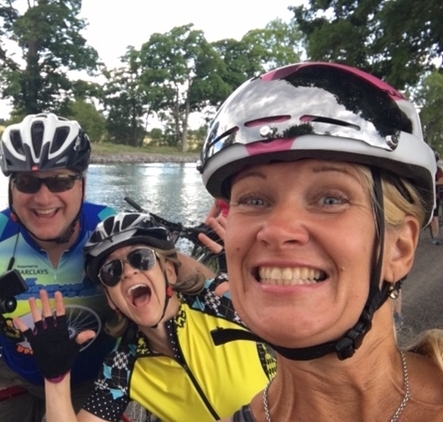

Pernilla
Come join us and bike in the countryside, cities, and through lovely fishing villages along the sea. We will have fika and beer together!
Pernilla is a Stockholm native who loves to share the history, good food, traditions, and beautiful views of Scandinavia with travelers.
Stories from Sweden
View All Stories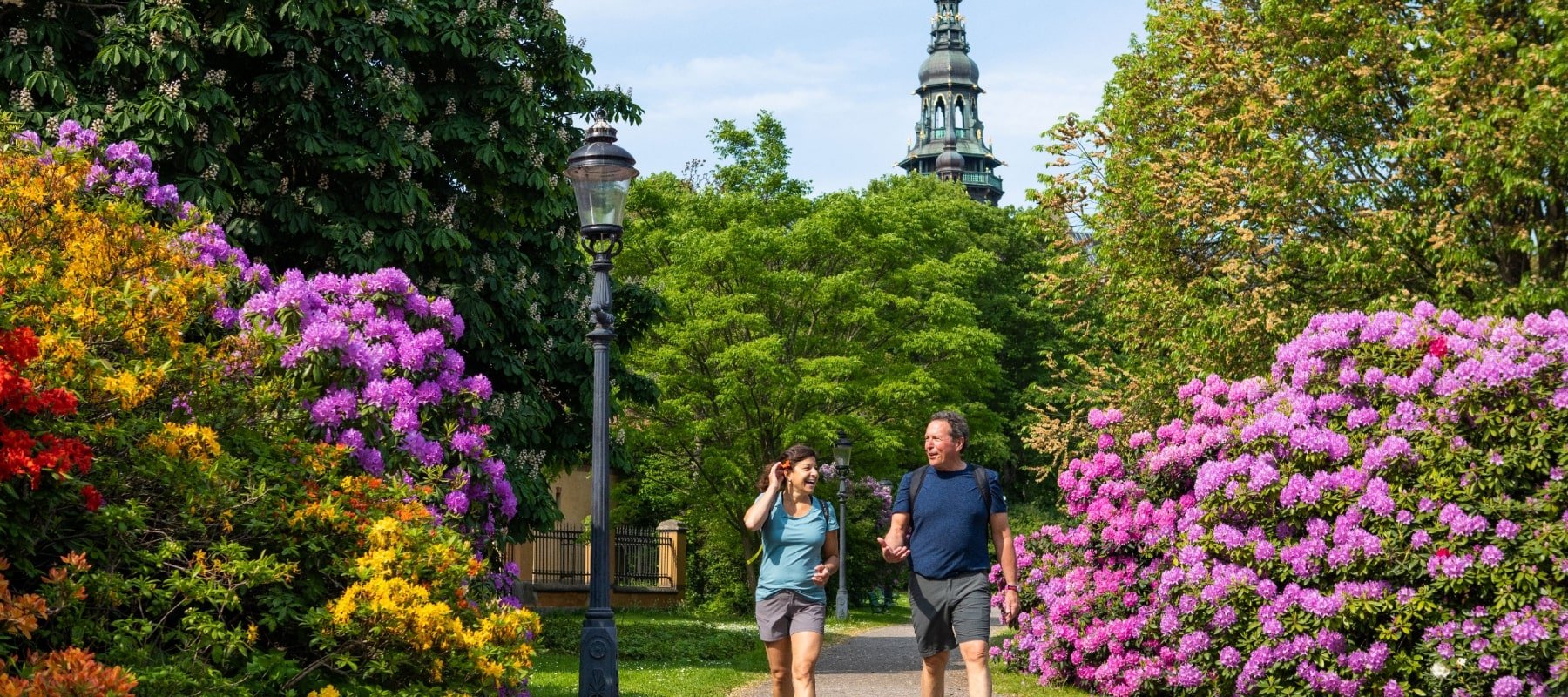

The Best Low-Impact Tours That Are Easy on the Legs
Many passionate hikers are looking for walks that will send their spirits soaring without leaving their feet (or ankles, or knees) sore. Something free of uneven terrain, loose gravel, or...
Read Story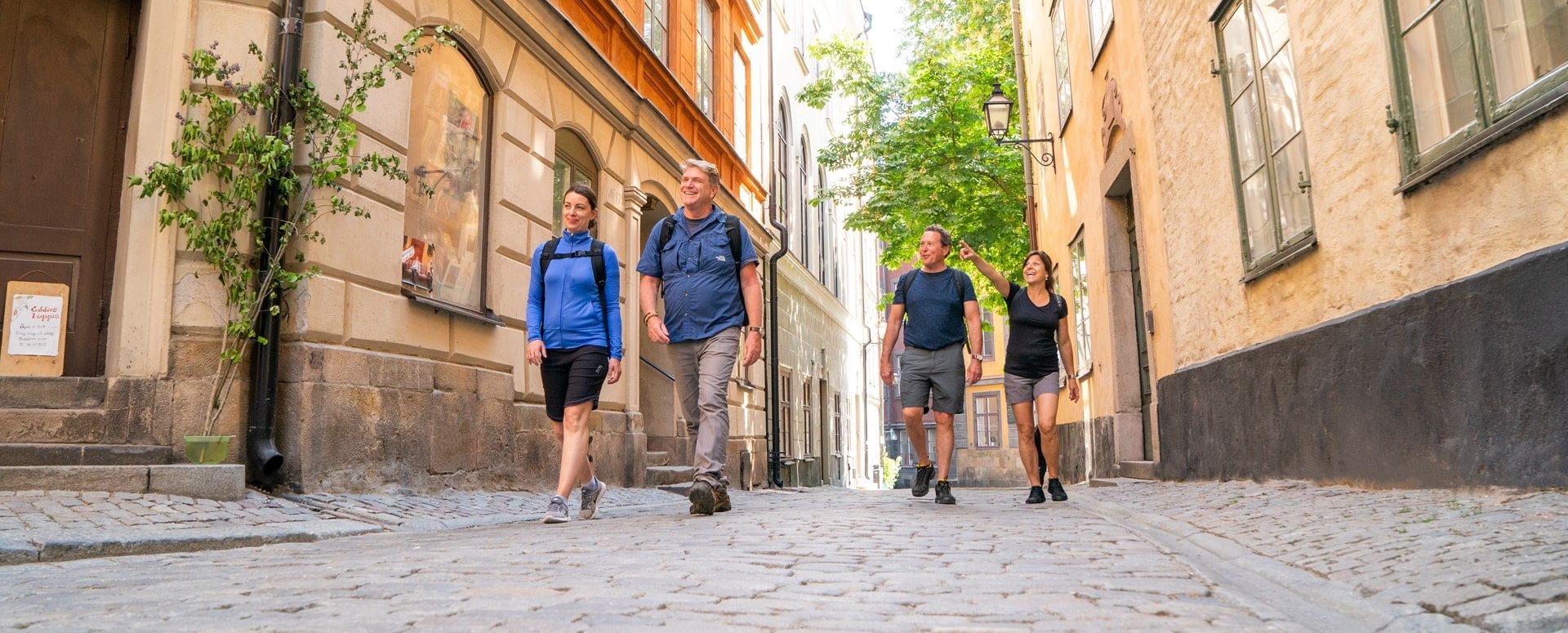

Sweden's Best April Fools' Day Hoaxes
Think Swedes have a reputation as an overly serious, buttoned-up bunch? You’d quickly learn otherwise if you visited the country on April Fools’ Day. Here, telling fibs and playing jokes on...
Read Story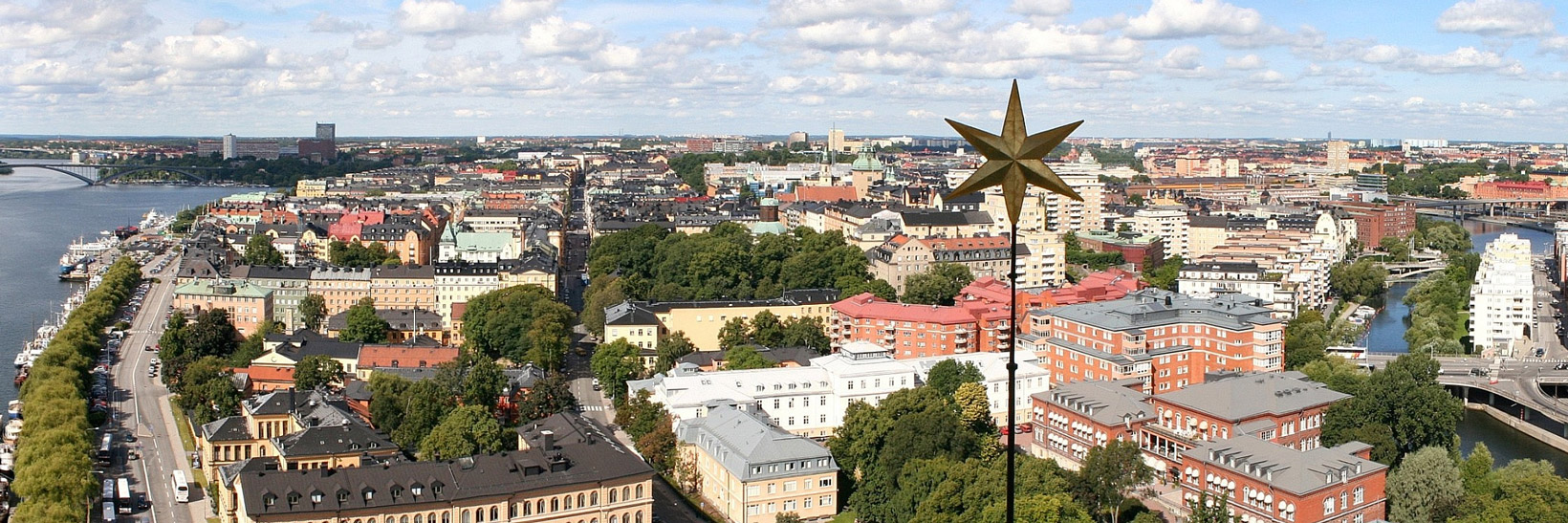

On the Streets of Stockholm: Traversing Sweden's Capital
What comes to mind when you envision Sweden? Norse mythology? ABBA? The simple beauty of Scandinavian furniture? Well, after visiting Stockholm, the capital of Sweden, you'll find that one of its...
Read StorySpeak with a Tour Consultant
Have questions? We’re here to answer them.
Mon-Fri 8:30 a.m. to 6:30 p.m. ET
Be the First to Get News & Special Offers




